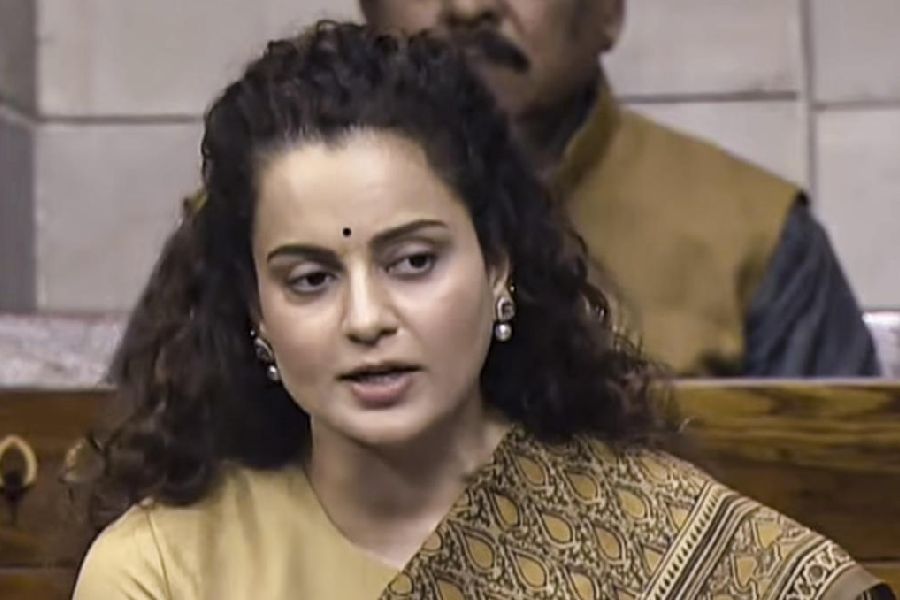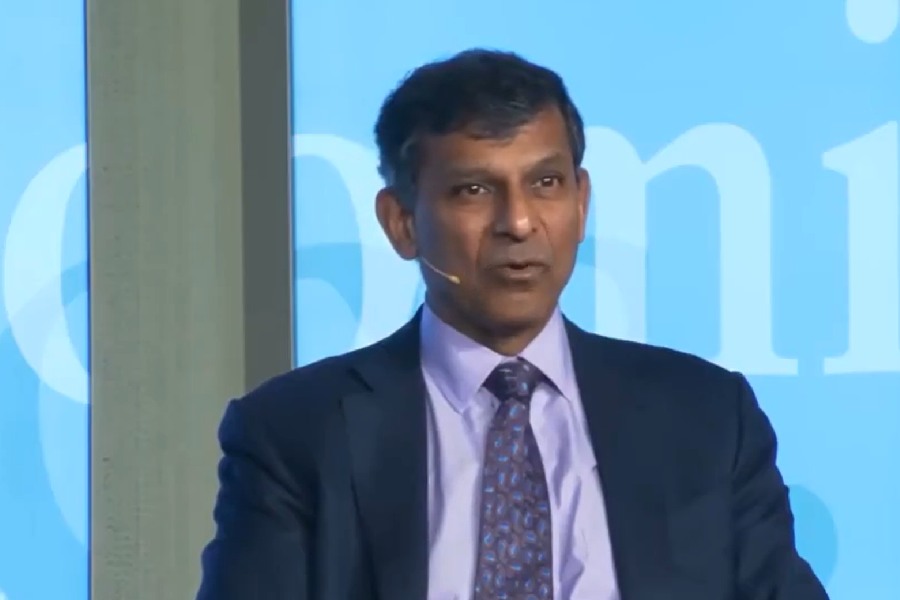President Droupadi Murmu raised an essential question on the conception of justice while speaking at a public event in Ranchi. In her address, she opined, “Many cases are decided in high courts, several others in the Supreme Court. After the order is pronounced, those who get a verdict in favour — whether after 5, 10 or 20 years — are joyed, but their happiness vanishes within a few days when justice does not materialise in actual practice and are dismayed as their time, money and sleepless nights are not fulfilled on the ground…” In this critical comment, she identified a problem that has been overlooked by the three branches of the government: the implementation of court orders and delay in compliance. Her remark — “Maybe the solution lies with the government” — hinted at the cavity that exists between the executive and the judiciary.
The notion of justice that her excellency remarked upon has also been echoed by Amartya Sen in The Idea of Justice. Sen emphasised the two pillars of justice derived from ancient India — niti and nyaya. He explained niti as organisational propriety while nyaya is a comprehensive and inclusive concept towards realising justice. The nyaya-oriented approach is significant in determining the value of governance and the kind of society that is created. The question is when do we reach the stage of nyaya? Is it the time when the court applies niti to pronounce a verdict? Deciphering the president’s speech, it would appear that nyaya is achieved when the court’s judgments are complied with.
Accessing justice in India comes at the cost of time, energy and money. It has been estimated that about 31,767, 109,311, and 657,416 cases are pending before district- and taluka-level courts for 30 years, 20-30 years, and 10-20 years, respectively. The average cost of litigation (excluding the lawyer’s fee) incurred by a litigant is approximately Rs 1,039 per case per day and the average cost incurred due to loss of pay/business is around Rs 1,746 per case per day. A delay in compliance with courts’ judgments is bound to further the agony.
The biggest litigant in India is the State. In most cases, aggrieved by an act of the executive, citizens knock on the door of justice. After a citizen removes all the obstacles on the path of justice and receives a favourable judgment from the court, he/she may still have to confront the State’s predilection for non-compliance. The Madhya Pradesh High Court initiated contempt proceedings against seven IAS officials in February for non-compliance on an order dating back to a deadline of 2014. In another case, the Madras High Court came down heavily on some government officials and noted that it was time to jail IAS officers for contempt of court due to the growing tendency among senior government servants to not obey court orders. Over time, government officials have devised extraordinary impunity for not adhering to orders. In defence, the courts have employed imposing costs and the instrument of contempt of court. Contempt of court proceedings are useful but they require additional litigation, delaying the delivery of justice.
India’s courts are the guardians of the Constitution. Non-compliance with their directions is an attempt to jeopardise constitutional values. Furthermore, this tendency undermines the democratic values that the republic is founded upon.
The Indian Constitution encapsulates niti and nyaya through the force of constitutionalism. However, the willful disobedience of court orders by government officials renders nyaya redundant. This ends up harming the force of constitutionalism that binds the three pillars of democracy. There is thus an urgent need to rethink the working of the executive so that it does not undermine the court’s orders.










